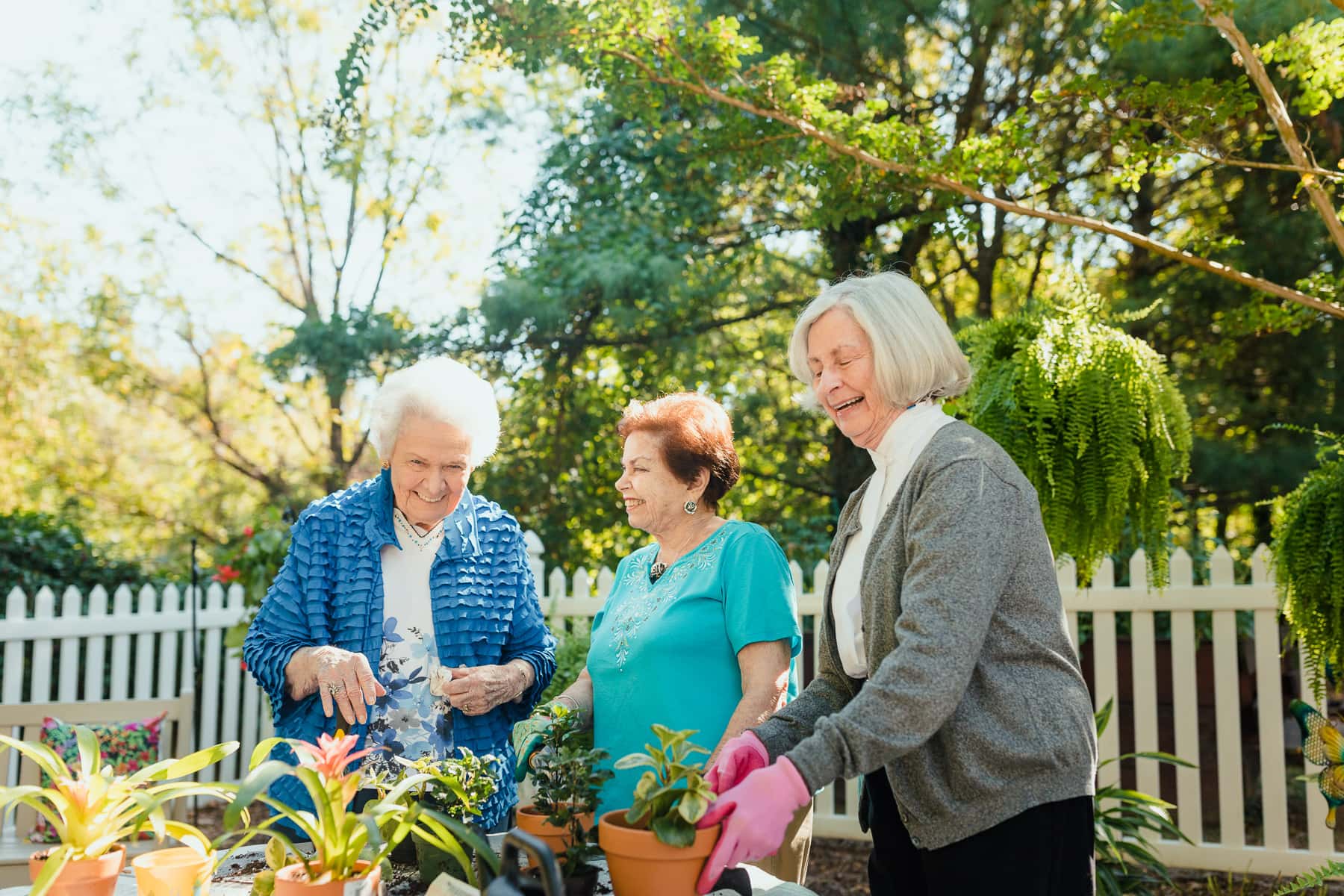Prior to the COVID-19 pandemic, social isolation in seniors already was a known issue. The pandemic unfortunately has increased and contributed to these feelings of loneliness and isolation.
Research shows social loneliness and isolation are linked to greater risks of many illnesses, including heart disease, high blood pressure, depression, and cognitive decline.
Learn how the pandemic increased social isolation in seniors, how it affects their health, and how we can increase connection and reduce loneliness.
How the Pandemic Increased Social Isolation in Seniors
First, it’s important to note the difference and the link between social isolation and loneliness.
Social isolation means the person is objectively lacking social contact with others, while loneliness is the subjective feeling of being lonely, regardless of the number of social connections a person has.
Socially isolated people may not automatically feel lonely, particularly if they enjoy being alone, but someone with many social outlets could still feel lonely if they are lacking connection and support.
Older adults are at a greater risk of isolation and loneliness due to the following factors:
- Living alone due to the loss of a spouse or partner.
- Retirement
- A chronic illness that decreases activity levels or mobility.
- No access to transportation.
- Social interaction is difficult due to hearing loss.
The COVID-19 pandemic contributed to these feelings of loneliness and isolation — even in those who normally had an active social life — because of the restrictions required to keep people safe.
Nursing homes and assisted living communities were unable to allow visitors in order to protect residents and guests from illness.
Seniors who usually had a rich social life pre-pandemic couldn’t go to senior centers, church, or hair salons. Their children and grandchildren stopped visiting in order to keep them safe. They had to cancel travel plans, and many were unable to visit the doctor in person.
This meant that even seniors who typically had regular visitors or a reliable social outlet were forced to stay indoors and be alone.
How Loneliness Affects the Health of Seniors
Humans are a social species, and chronic loneliness can cause great suffering.
Some seniors rely on their daily trip to the salon or a weekly visit from their grandkids as their sources of social interaction.
To have these valuable forms of socializing removed from their routine can impact mood and overall sense of purpose. It can also lead to many serious health risks.
Studies have shown that isolation can increase the risk of dementia by 50%, and increase death prematurely by all causes. It can degrade social skills, and increase the risk of obesity, smoking, and mental illness.
Some Groups of Seniors Have a Higher Risk of Loneliness
Studies also show that certain groups including immigrants, people of color, victims of elder abuse, and those in the lesbian, gay, bisexual, and transgender (LGBT) community experience loneliness more often than other groups.
Language barriers, discrimination, and trouble finding proper care are contributing factors to social isolation in seniors from these communities.
How to Combat Loneliness and Increase Connection
Fortunately, the COVID-19 pandemic occurred at a point in time where we have many digital resources to aid in connection. Community organizations quickly jumped into action to discover creative ways to maintain a valuable connection.
This includes:
- Social media (Facebook, Instagram, etc.)
- Video calls
- Digital chat platforms
Kensington Park Senior Living used the online platform Slack to easily chat with family and friends during stay-at-home orders. This platform in particular was useful for chatting, sharing photos and videos, and performing activities together — all virtually, of course.
If you’re unsure where to begin looking for resources in your community, talk with your doctor, local government, or library. They will be able to recommend social opportunities for seniors.
Kensington Park Keeps Residents Engaged with Fulfilling Activities
The Kensington Park Promise is to love and care for your family as we do our own.
This Promise is at the root of every part of our care. It’s why we offer a full spectrum of clinical support to our residents.
This wide range of high-quality care ensures your loved one can truly “age in place.”
No matter how their health needs change over time, they have a home with us.
Throughout the pandemic, the Kensington Park Senior Living team has worked to provide our residents with safe life enrichment activities. With creativity and passion, our team found ways to keep residents feeling socially fulfilled.
Reach out to us today to learn more about the creative ways we keep residents healthy while maintaining a calendar full of activities. We look forward to hearing from you.



